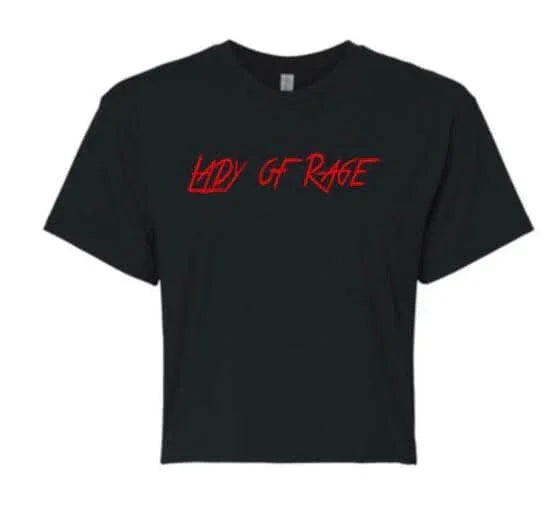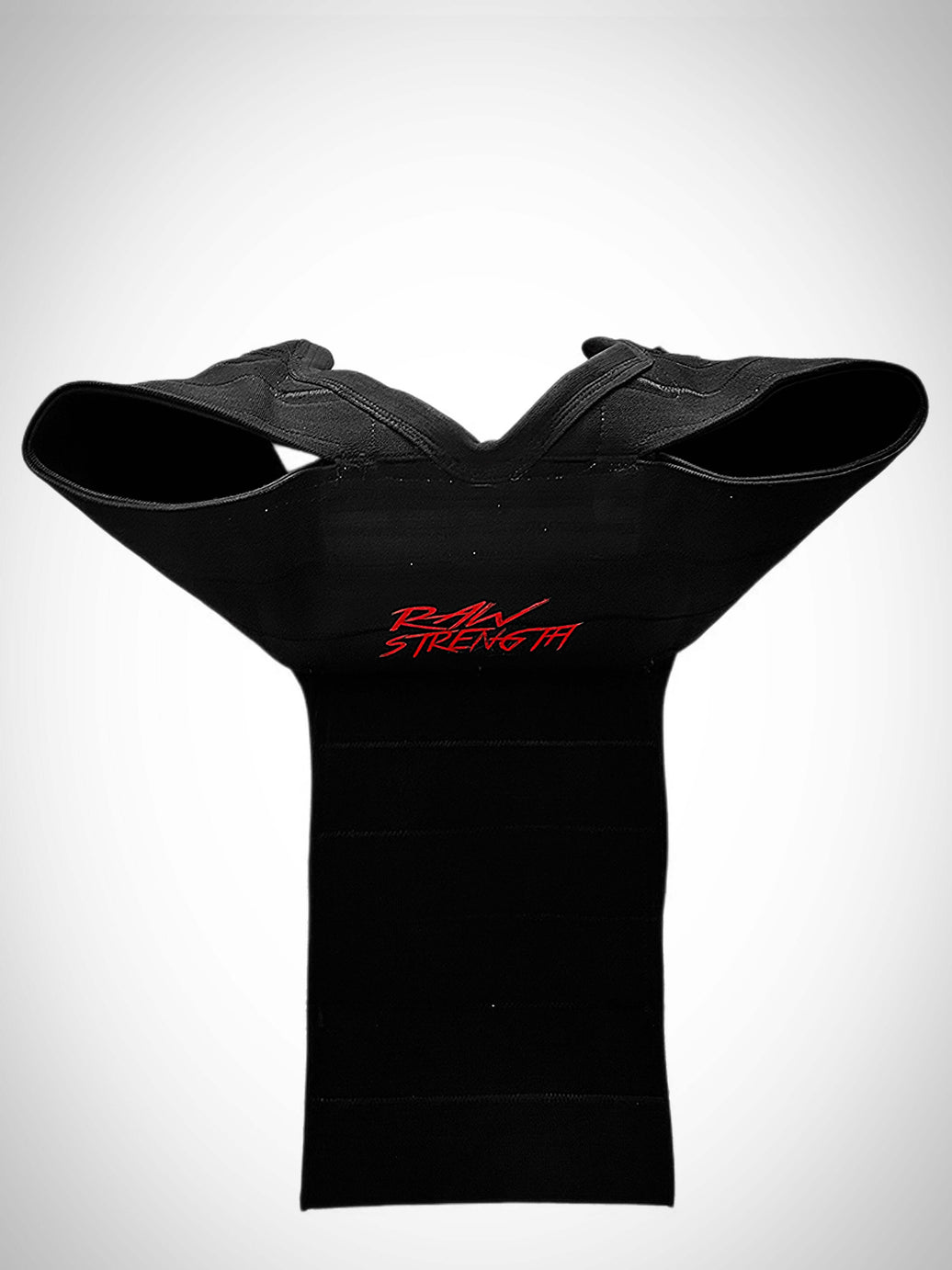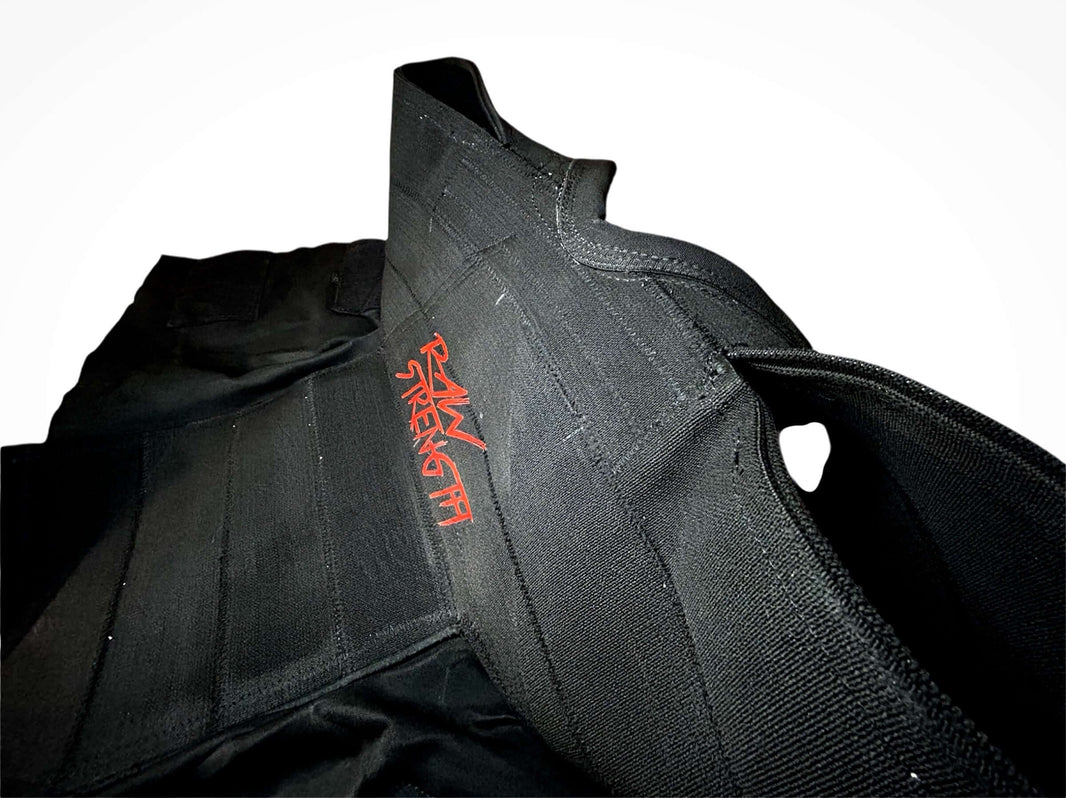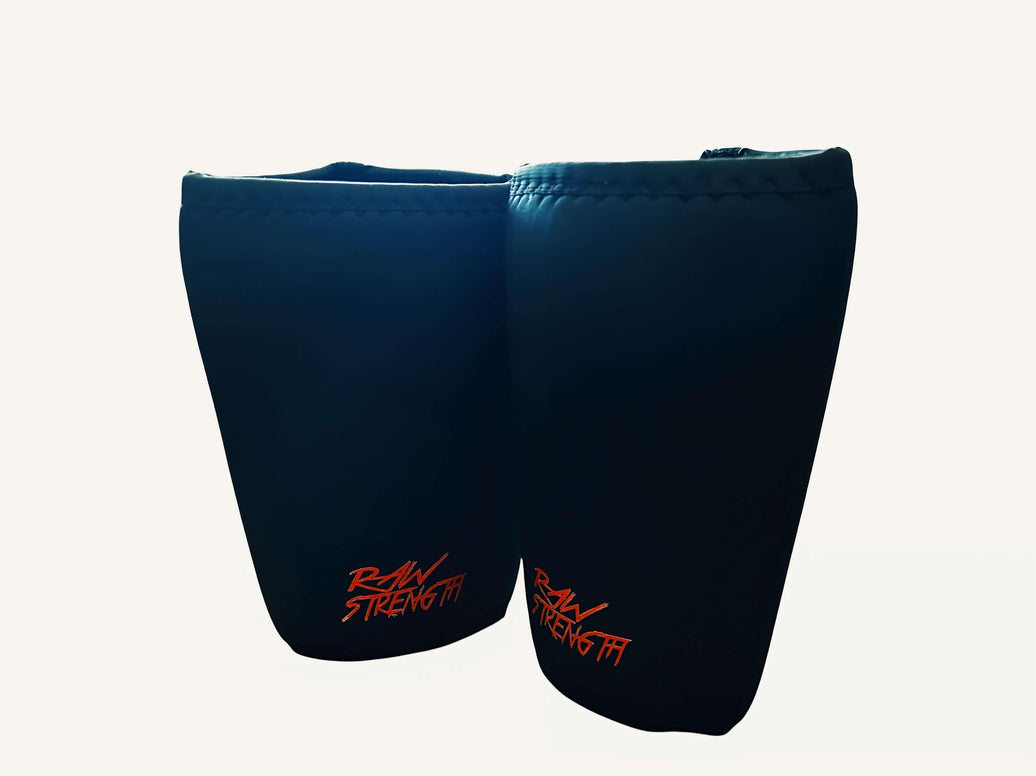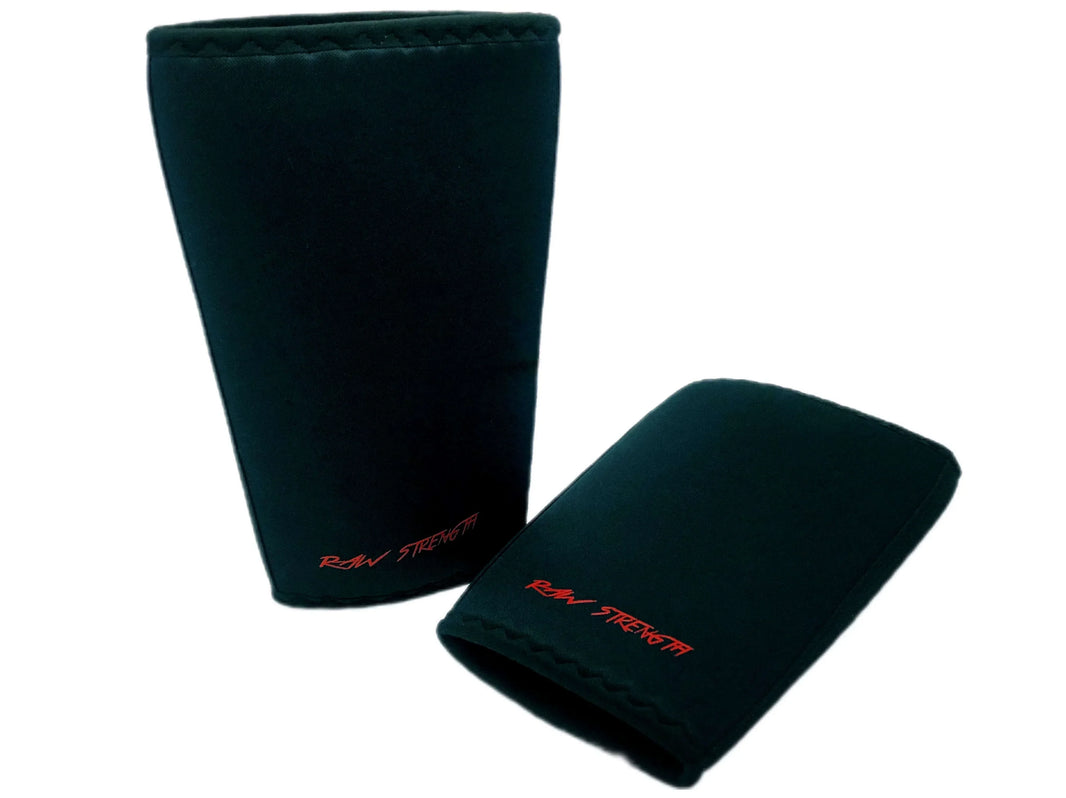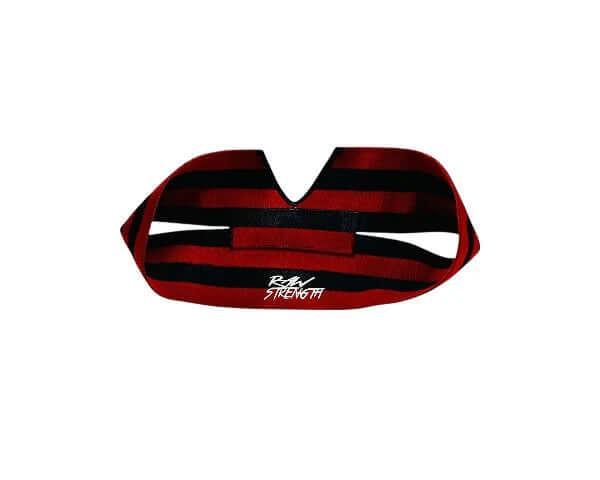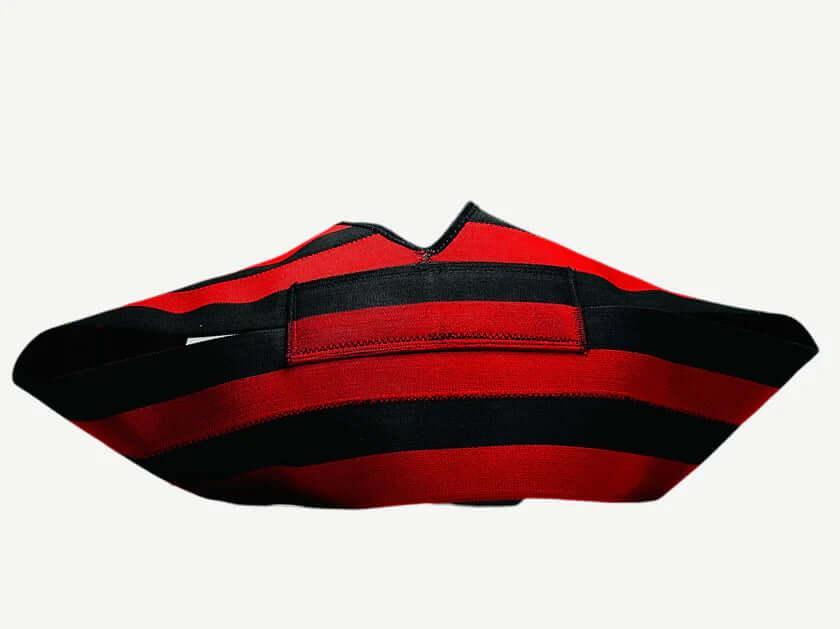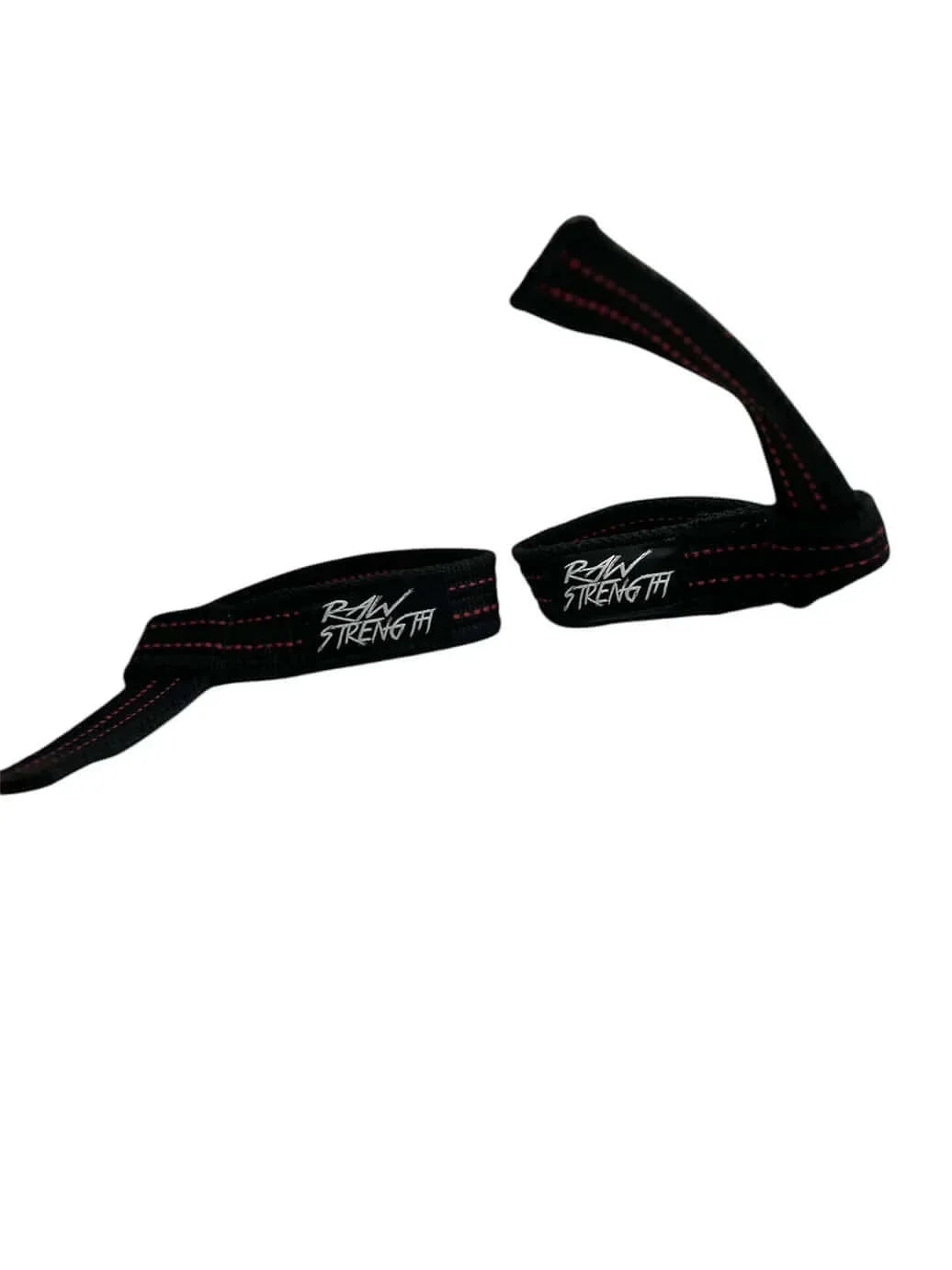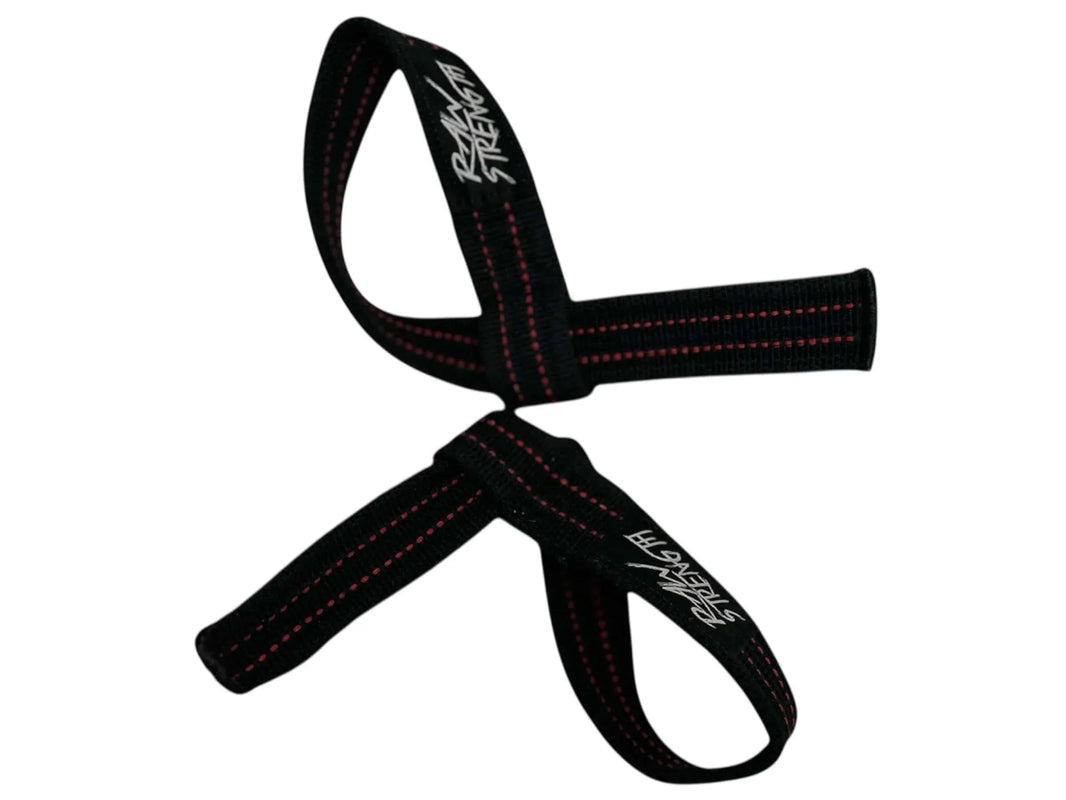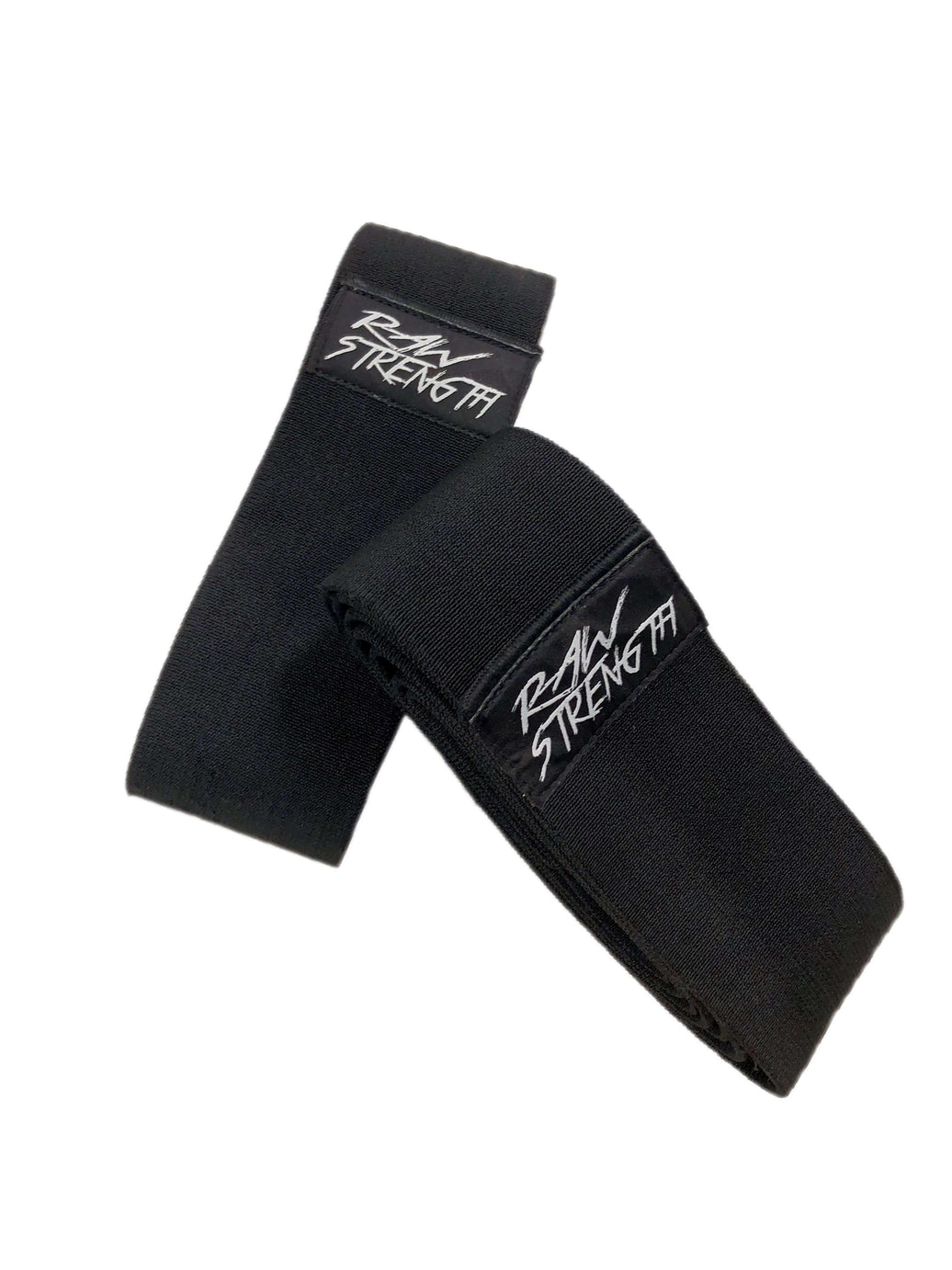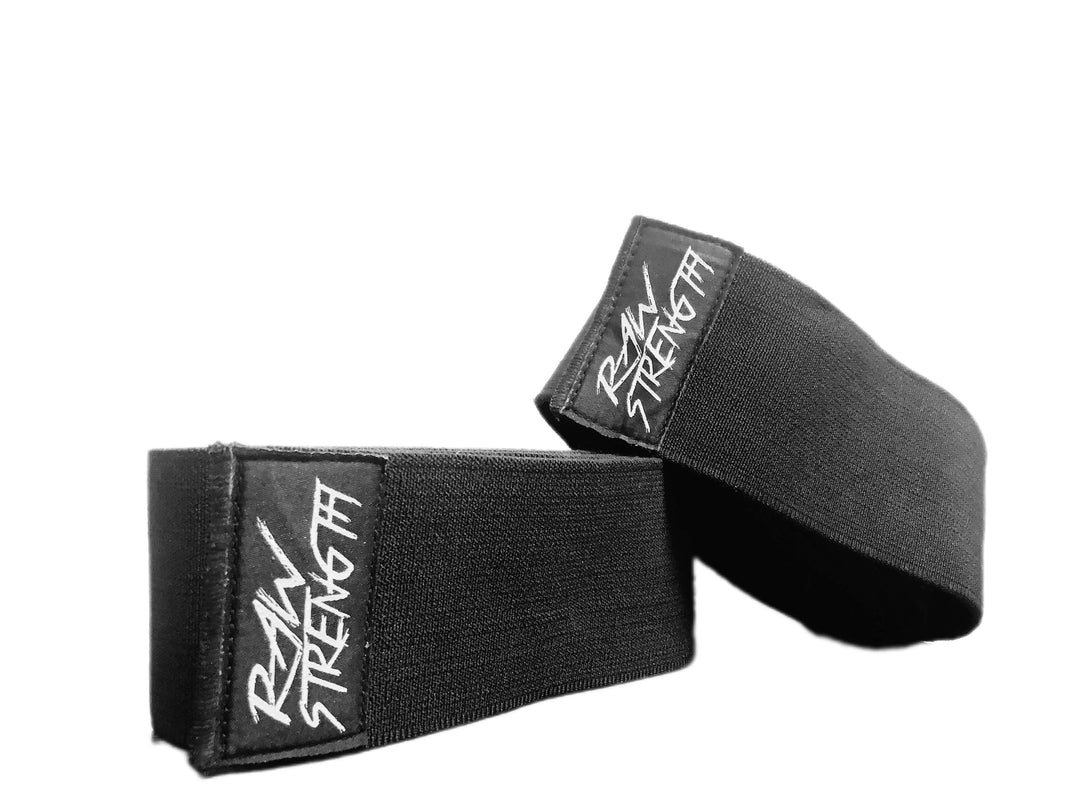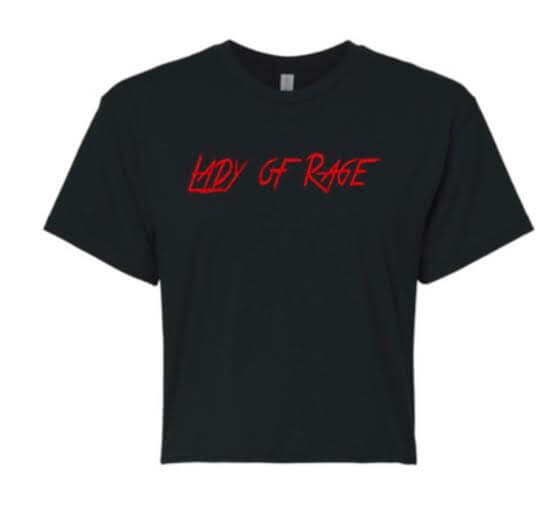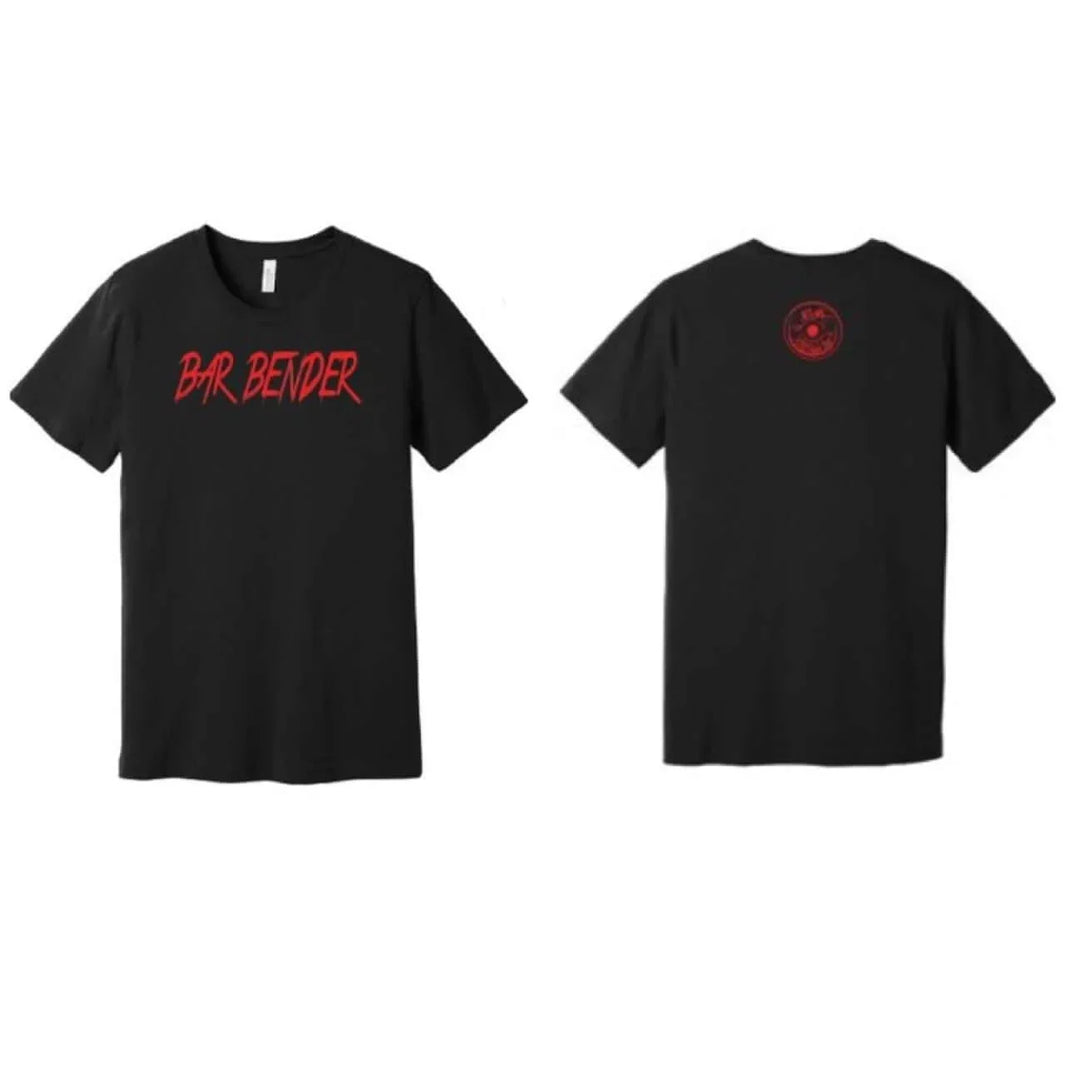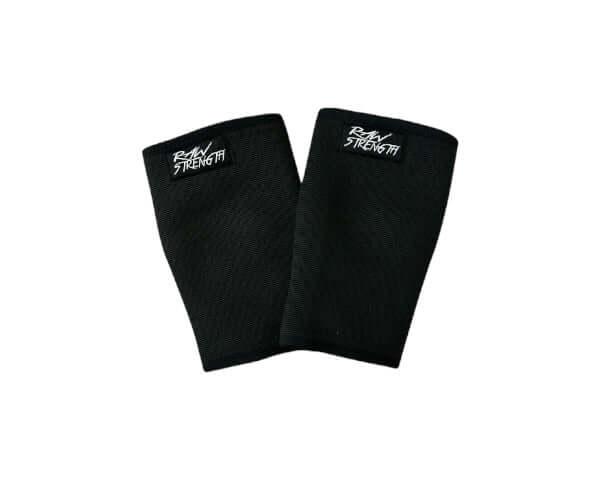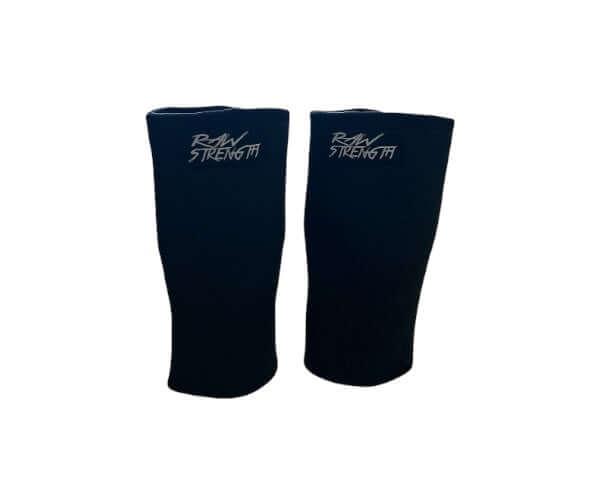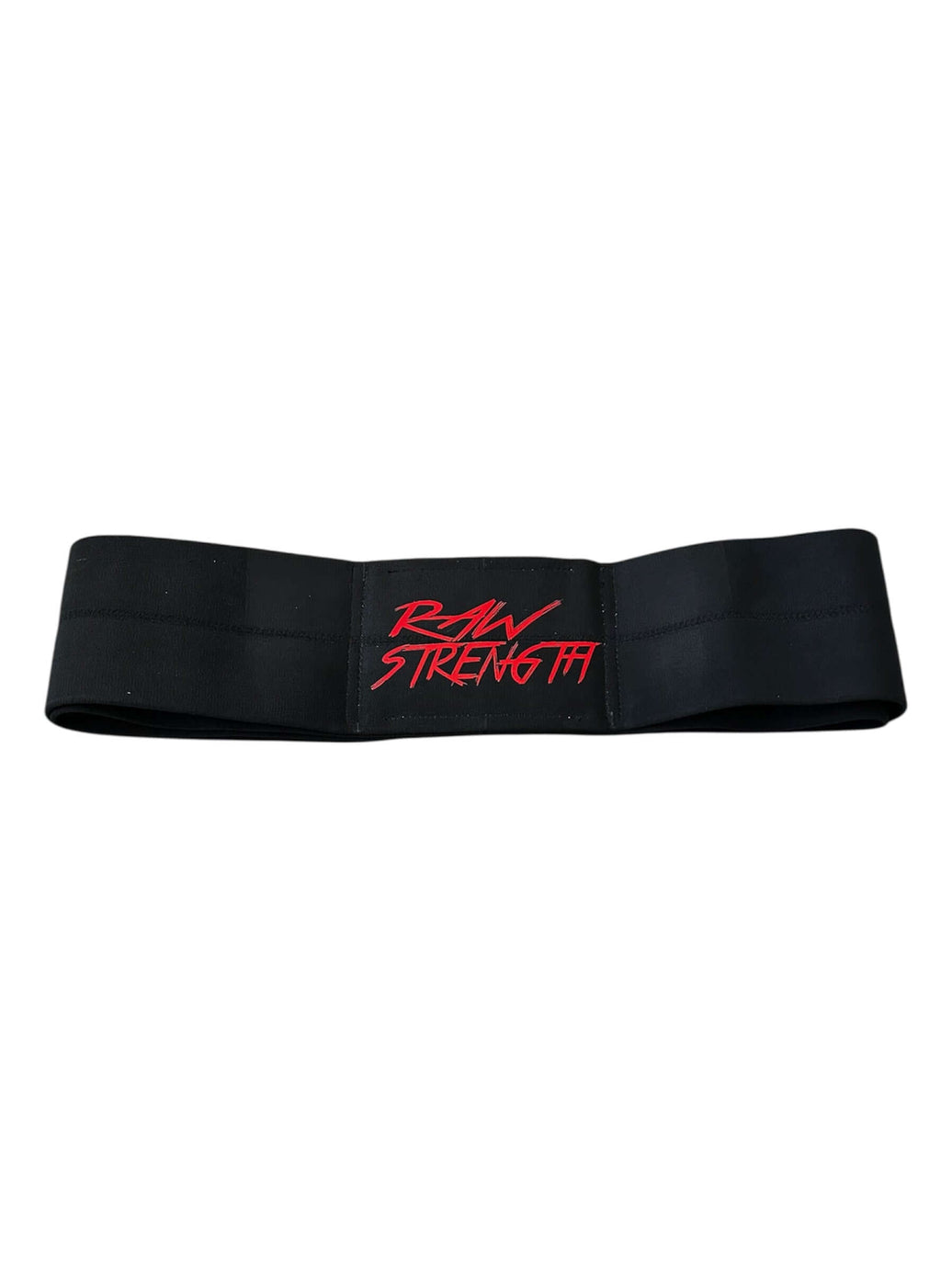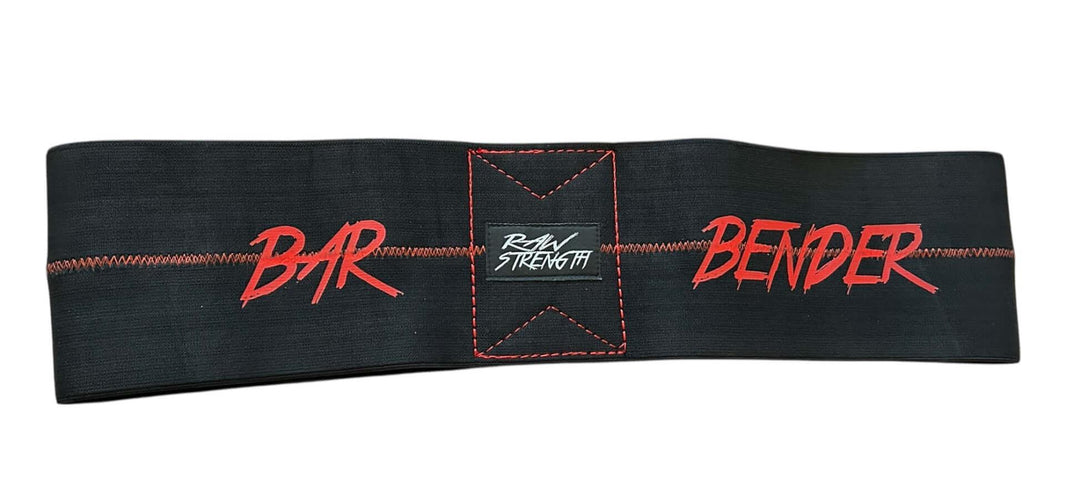Sumo Deadlift vs Conventional Deadlift: Which is Best for Strength and Performance?
When it comes to building raw strength, explosive power, and overall lifting performance, few exercises rival the deadlift. But the age-old debate still sparks among lifters: sumo deadlift vs conventional deadlift — which style is better?
Both variations are staples in powerlifting training, bodybuilding, and general strength programs, yet they offer unique benefits depending on your goals, body mechanics, and performance needs.
In this post, we’ll break down the differences, benefits, and key reasons to choose sumo deadlifting or conventional deadlifting for maximum results.
What Is a Conventional Deadlift?
The conventional deadlift is the classic pulling style. Your feet are hip-width apart, hands grip the bar outside your knees, and the movement demands a strong hip hinge.
-
Primary muscles worked: lower back, glutes, hamstrings, traps, grip, and core.
-
Key feature: longer range of motion, requiring greater mobility and full-body strength.
This style is considered the “gold standard” for developing brute pulling power.
What Is a Sumo Deadlift?
The sumo deadlift is performed with a wider stance, toes flared outward, and hands gripping the bar inside the knees. This setup shortens the bar path and shifts the emphasis to different muscle groups.
-
Primary muscles worked: quads, glutes, adductors, hips, and core.
-
Key feature: reduced range of motion, allowing some lifters to move heavier weights with greater efficiency.
Because of its mechanics, the sumo deadlift is especially popular in powerlifting competitions.
Benefits of Conventional Deadlifting
-
Builds Overall Back Strength – Conventional pulls place heavy demand on the spinal erectors, traps, and lats, leading to greater back development.
-
Improves Athletic Power – The explosive hip hinge movement translates to sprinting, jumping, and sports performance.
-
Grip Strength Gains – With a longer bar path and no shortcuts, your grip and forearm strength skyrocket.
-
Carries Over to Other Lifts – Conventional deadlifting improves squats, cleans, and other compound lifts.
Best for: lifters seeking raw pulling power, athletic carryover, and maximal muscle engagement.
Benefits of Sumo Deadlifting
-
Shorter Range of Motion – Less distance to pull often means lifters can move heavier loads.
-
Reduced Lower Back Stress – The more upright torso position decreases spinal loading, making it joint-friendly.
-
Stronger Quad Activation – Sumo shifts emphasis to the quads, hips, and adductors for leg-driven power.
-
Improved Leverage for Certain Builds – Lifters with longer torsos and shorter arms often find sumo deadlifting more efficient.
Best for: competitive powerlifters, athletes with back limitations, and lifters maximizing leverage.
Sumo vs Conventional: Which Deadlift Is Better?
The truth is, neither is universally better — it depends on your goals, body type, and training focus.
-
If you want maximum strength carryover, athletic development, and back thickness → stick with conventional deadlifts.
-
If you want efficiency, reduced back strain, and better leverage in competition → train the sumo deadlift.
Many elite lifters train both styles to balance weaknesses and build all-around pulling strength.
How to Choose the Right Deadlift Style
-
Long arms, shorter torso → Conventional deadlift may feel more natural.
-
Long torso, shorter arms → Sumo deadlift may provide better leverage.
-
Back pain or mobility issues → Sumo can reduce strain and improve comfort.
-
General strength and athletic performance → Conventional provides the greatest overall benefits.
Final Thoughts: Train Both for Maximum Strength
In the battle of sumo deadlift vs conventional deadlift, the winner is the lifter who trains smart. Both variations develop explosive strength, muscle growth, and performance in unique ways.
For the best results:
-
Use conventional deadlifts for building raw pulling power and back strength.
-
Use sumo deadlifts to improve leverage, reduce injury risk, and boost your competition total.
No matter which style you choose, consistent progression, proper form, and smart programming will make you a stronger and more explosive athlete.

